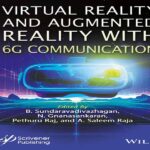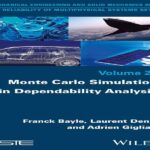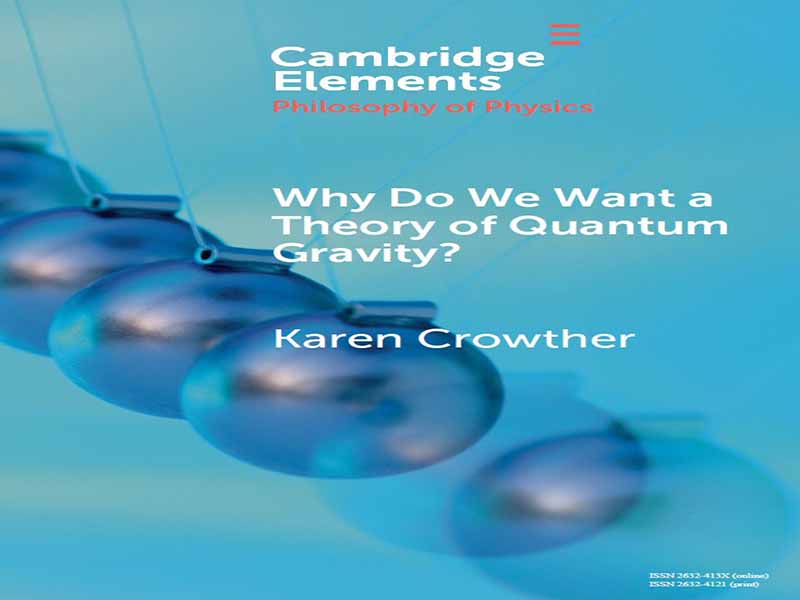- عنوان کتاب: WHY DO WE WANT A THEORY OF QUANTUM GRAVITY?s
- نویسنده: Karen Crowther
- حوزه: گرانش کوانتومی
- سال انتشار: 2025
- تعداد صفحه: 100
- زبان اصلی: انگلیسی
- نوع فایل: pdf
- حجم فایل: 2.54 مگابایت
معمولاً وقتی فیزیکدانان به دنبال نظریه جدیدی می گردند به این دلیل است که با چیزی در جهان مواجه شده اند که با نظریه های فعلی قابل توضیح نیست. برای مثال، با توسعه مکانیک کوانتومی که با پدیدههای تجربی غیرعادی طیف تابش جسم سیاه و اثر فوتوالکتریک آغاز شد، چنین بود. و همچنین برای توسعه نسبیت خاص، ناشی از عدم تقارن در پیشبینیهای الکترودینامیک ماکسول، که – معروف – به نظر میرسد با طبیعت مطابقت ندارد. در این موارد، مشاهدات مقدم بر کار نظری هستند و در کنار آن قرار میگیرند: ایجاد انگیزه، هدایت و محدود کردن آن. با این حال، این برای جستجوی فعلی برای یک نظریه بنیادی جدید فیزیک، معروف به گرانش کوانتومی، که – اگرچه به طور بالقوه به برخی از مسائل تجربی مرتبط است – اساساً توسط ملاحظات نظری و فلسفی انگیزه، هدایت و محدود شده است، صادق نیست (اما رجوع کنید به §1.3). جستجوی نظریه QG به یکی از بزرگترین چالش های فیزیک مدرن تبدیل شده است. ادعای من این است که یکی از دلایل دشواری یافتن نظریه QG این است که مشخص نیست این نظریه قرار است به چه چیزی برسد و در واقع چه چیزی را باید انتظار داشت. بنابراین، درک بهتر انگیزههای جستجوی نظریه جدید میتواند به ما کمک کند تا سؤال «مشکل QG چیست؟» را با دقت بیشتری طرحبندی کنیم و در نهایت به آن پاسخ دهیم، امید این است که بررسی انتقادی مشکلات نظری و مفهومی که انگیزهی نظریه هستند، بتواند برخی از اصول (یا پیش داوریها) را که ممکن است زمینه ساز این مشکلات باشد، آشکار کند. سپس میتوانیم ارزیابی کنیم که آیا این اصول به خوبی پایهگذاری شدهاند، و همچنین پیامدهای اتخاذ آنها در نقشهای مختلف در توسعه نظریه، بهویژه در ارتباط با اصول و محدودیتهای دیگر. هدف این عنصر معرفی و برانگیختن این دیدگاه جدید و انتقادی در مورد مشکل QG است. به این ترتیب، این عنصر تمام پیشرفتهای مهم و جنبههای جالب فلسفی QG را پوشش نخواهد داد. به طور خاص، بحث در مورد ظهور فضازمان، کارکردگرایی فضا-زمان، و دوگانگی AdS/CFT به وضوح وجود ندارد. بنابراین، چرا ما یک نظریه QG می خواهیم؟ پاسخ معمول به «دو ستون» فیزیک بنیادی اشاره دارد: نسبیت عام (GR)، ارائه بهترین درک ما از فضازمان، و مکانیک کوانتومی (QM)، بهترین درک ما از ماده. 1 هر دو این چارچوب ها قرار است جهانی باشند: در حوزه های کاربردی خود محدودیتی ندارند، یعنی هر دو قرار است همه چیز را در جهان توصیف کنند. با این حال، در عمل، ما معمولاً فقط باید از GR برای توصیف «چیزهای بزرگ» (جهان در مقیاسهای فاصله بزرگ)، و QM برای توصیف «چیزهای کوچک» (ماده و نیروها در مقیاسهای فاصله کوتاه، یا به طور معادل، مقیاسهای پرانرژی) استفاده کنیم. با این حال، حوزههایی از جهان («بخشهایی از جهان») وجود دارد که تصور میشود هر دو GR و QM ضروری هستند – جایی که ما نمیتوانیم تنها با استفاده از یک یا آن نظریه، یا هر ترکیب شناختهشدهای از هر دو، کنار بیاییم. این حوزهها با چگالی یا دماهای شدید (به طور بالقوه تا ۱۰۹۳ گرم در سانتیمتر مکعب یا ۱۰۳۲ درجه سانتیگراد) مشخص میشوند و شامل هستههای سیاهچالهها (در طول پلانک 10 تا 35 متر)، تکینگیهای کیهانی مانند «مهبانگهای اولیه» و اولین در جهانبنگستان اولیه میشوند. تمایل به توصیف این حوزه ها بخشی از انگیزه اولیه برای جستجوی نظریه جدید QG است.
Usually, when physicists search for a new theory it’s because they have encountered something in the world that cannot be explained by the current theories. Such was the case, for example, with the development of quantum mechanics, which began with the anomalous experimental phenomena of the spectrum of blackbody radiation and the photoelectric effect; and also for the development of special relativity, prompted by asymmetries in the predictions of Maxwell’s electrodynamics which – famously – did not seem to accord with nature. In these instances, observations precede, and go hand-in-hand along with, the theoretical work: motivating, guiding, and constraining it. Yet, this is not so for the current search for a new fundamental theory of physics, known as quantum gravity, which – although potentially related to some empirical problems – has been primarily motivated, guided, and constrained by theoretical and philosophical considerations (but cf. §1.3). The search for a theory of QG has grown into one of the greatest challenges in modern physics. It is my contention that one of the reasons for the difficulty in finding a theory of QG is that it is not clear what the theory is supposed to achieve, and what, in fact, it should be expected to achieve. Thus, a better understanding of the motivations for seeking the new theory can help us to more precisely frame, and eventually answer, the question ‘What is the problem of QG?’ The hope is that critical investigation of the theoretical and conceptual problems which motivate the theory can reveal some of the principles (or prejudices) which may underlie these problems. We can then assess whether these principles are well founded, as well as the consequences of adopting them in various roles in theory-development, especially in conjunction with other principles and constraints. It is an aim of this Element to introduce and instigate this new, critical perspective upon the problem of QG. As such, this Element will not cover all of the important developments and philosophically interesting aspects of QG; in particular, discussion of spacetime emergence, spacetime functionalism, and the AdS/CFT duality are conspicuously absent. So, why do we want a theory of QG? The usual answer refers to ‘two pillars’ of fundamental physics: general relativity (GR), providing our best understanding of spacetime, and quantum mechanics (QM), our best understanding of matter.1 Both these frameworks are supposed to be universal: unrestricted in their domains of applicability, that is, both are supposed to describe everything in the universe. In practice, however, we typically only need to use GR to describe ‘big stuff’ (the universe at large distance scales), and QM to describe ‘small stuff’ (matter and forces at short distance scales, or, equivalently, highenergy scales). Yet, there are domains of the universe (‘parts of the world’) where both GR and QM are thought to be necessary – where we cannot get away with just using one or the other theory, or any known combination of both. These domains are characterized by extreme densities or temperatures (potentially as high as 1093 grams per cubic centimetre, or 1032 degrees Celsius), and include the cores of black holes (within the Planck length 10−35 m), cosmological singularities such as the ‘big bang’, and the first instants of early universe cosmology. The desire for a description of these domains is part of the primary motivation for seeking the new theory of QG.
این کتاب را میتوانید از لینک زیر بصورت رایگان دانلود کنید:



































نظرات کاربران